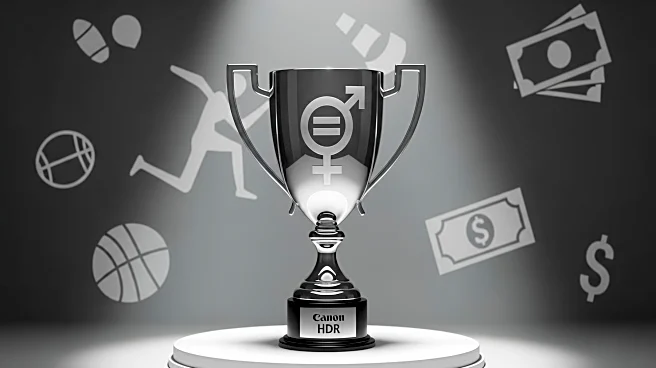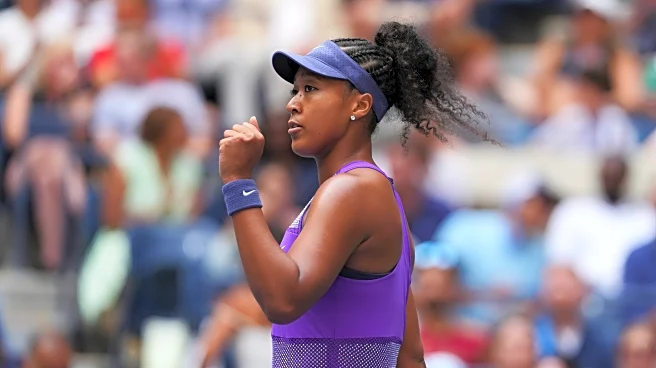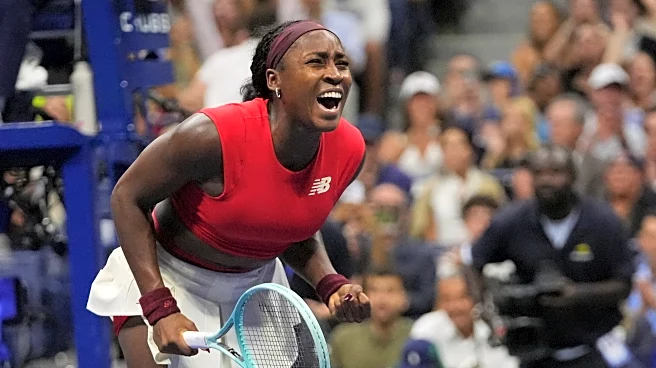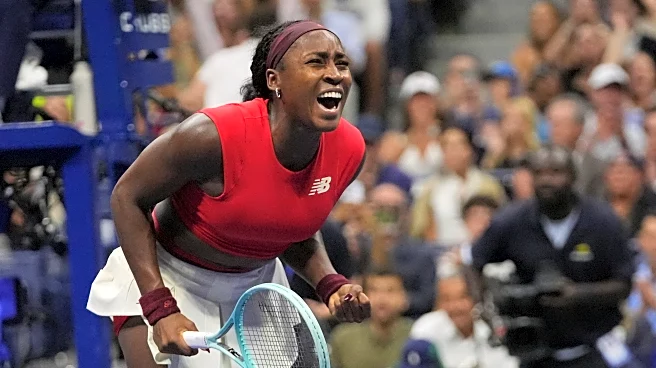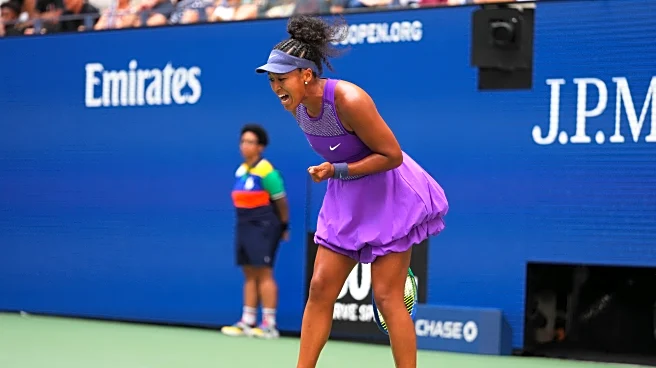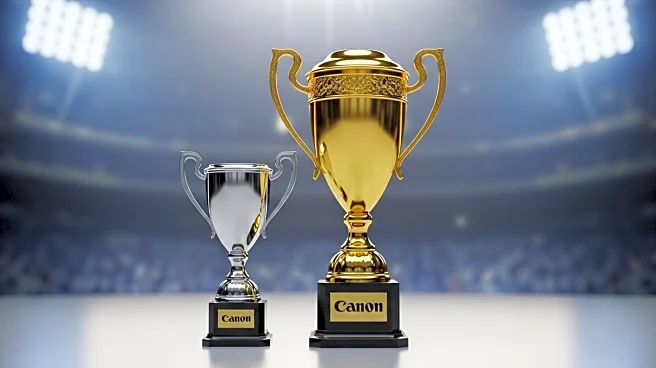What's Happening?
Forbes has published its annual list of the 50 highest-paid athletes globally, revealing a significant presence of African American players across various sports. The list combines earnings from team contracts, endorsements, and other income sources. Soccer superstar Cristiano Ronaldo leads the list with $275 million in total earnings, followed by Stephen Curry of the Golden State Warriors at $156 million. Notably, the list includes no female athletes, underscoring the persistent issue of underpayment for women in sports. Coco Gauff, the reigning French Open champion, is the highest-paid female athlete according to Forbes' tennis player rankings, earning $37.2 million with endorsements.
Why It's Important?
The absence of female athletes in Forbes' Top 50 highlights the ongoing gender pay disparity in sports, which is not limited to the United States but is a global issue. This disparity affects the visibility and financial opportunities available to female athletes, potentially impacting their career longevity and influence in the sports industry. The list also emphasizes the lucrative nature of endorsements for athletes who maintain a positive public image, as seen with figures like LeBron James and Kevin Durant. The financial success of these athletes can influence contract negotiations and sponsorship deals across the sports industry.
What's Next?
The gender pay gap in sports is likely to continue sparking discussions and advocacy for equal pay. As female athletes like Coco Gauff gain prominence, there may be increased pressure on sports organizations and sponsors to address these disparities. Additionally, the financial strategies of athletes, including endorsement deals and contract negotiations, will continue to evolve, potentially influencing future rankings. Stakeholders in the sports industry, including teams, sponsors, and athletes, may need to reassess their approaches to ensure equitable compensation and representation.
Beyond the Headlines
The Forbes list not only highlights financial disparities but also reflects broader cultural and societal issues within sports. The lack of female representation may prompt discussions on the visibility and support for women's sports, potentially leading to increased investment and media coverage. Furthermore, the list underscores the importance of maintaining a positive public image for athletes, which can significantly impact their earning potential through endorsements. This dynamic may influence how athletes manage their personal brands and public interactions.
